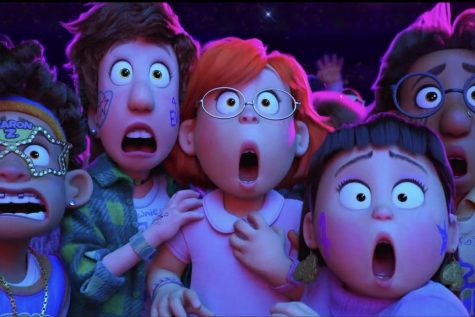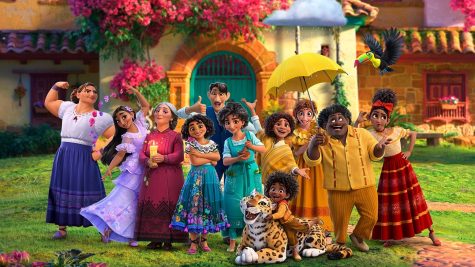Dangerous Influences in Media
The movie industry plays a huge role in society today by rapidly hacking into viewers’ emotions and instructing them with ideas and viewpoints in as little as an hour and a half, or even two minutes via commercials. Consumers are reminded of upcoming films and their subject matter while performing the most mundane tasks: driving down the highway, channel surfing, or watching videos on Youtube. The images displayed on billboards and in ads gain a significant spot in society’s subconscious, which can be powerful. The re-occurrence and significance of that which is displayed in the media is inescapable and the thought that these images do not have an effect on consumers’ views and actions is highly improbable.
So far, in 2013 alone, close to 45 highgrossing films have been released with the image of a man, usually a recognizable and respected actor, pointing or holding a gun. Dozens of other films include swords, hammers, chainsaws, knives, and other weapons. This imagery creates a couple of problematic issues. Firstly, it makes violence a core component of a large fraction of the stories society is consuming. This makes it so that viewers are led to believe that the stories worth telling and hearing are those centered around violence and weaponry, and that violence is the most effective and powerful method of accomplishing goals. Secondly, it shows that those who are powerful, rich, good-looking, and influential, they tend to hold guns. It hammers home the concept that in order to cause change and earn respect, deadly weapons are a musthave. This use of violence romanticizes weapon ownership; it glorifies achieving one’s goals and fighting for one’s ideals through force with tools that have the potential to cause fatality.
“Every time I see a ridiculously rich and famous actor like Brad Pitt or Matt Damon, posing with a gun on a billboard mounted over the freeway, I just want to send them a picture of a child that has died as a result of a gun accident,” Phil Zuckerman, a sociology professor at Pitzer College, said. “I just want to say that this is what your image is perpetuating. Is it really worth it? Are there no other stories to tell?”
Zuckerman argues that by showing so many stories profiling and romanticizing gun use, gun culture continues, and people feel compelled to own guns. This leads to possibilities of more casualties arising from shootings and accidents.
Not only does the positive portrayal of guns in the media contribute to gun culture and ownership, but studies have shown that it also contributes to aggressive behavior in children and teenagers, and an overall desensitization to violent content and imagery. This creates what might be yet another generation without the empathy or ability to be shocked by violence and perhaps the will to continue it. Gun control is often brought up in discussions about cutting down on violence, but perhaps a more worthwhile and realistic use of time and concern is toward the media, and the message that it is portraying by glorifying and displaying so much violence.
Hello there! Our goal is to provide relavent, engaging journalism for readers of all ages. Your donation will support the student journalists of the Wolfpacket at Claremont High School, and will allow us to purchase equipment, print our monthly issues, and enter in journalism competitions. We appreciate your consideration!

Ruby Elliott Zuckerman is a sophomore at Claremont High School and has been a Reporter on the Wolfpacket for one year. Elliott Zuckerman is an active member...







